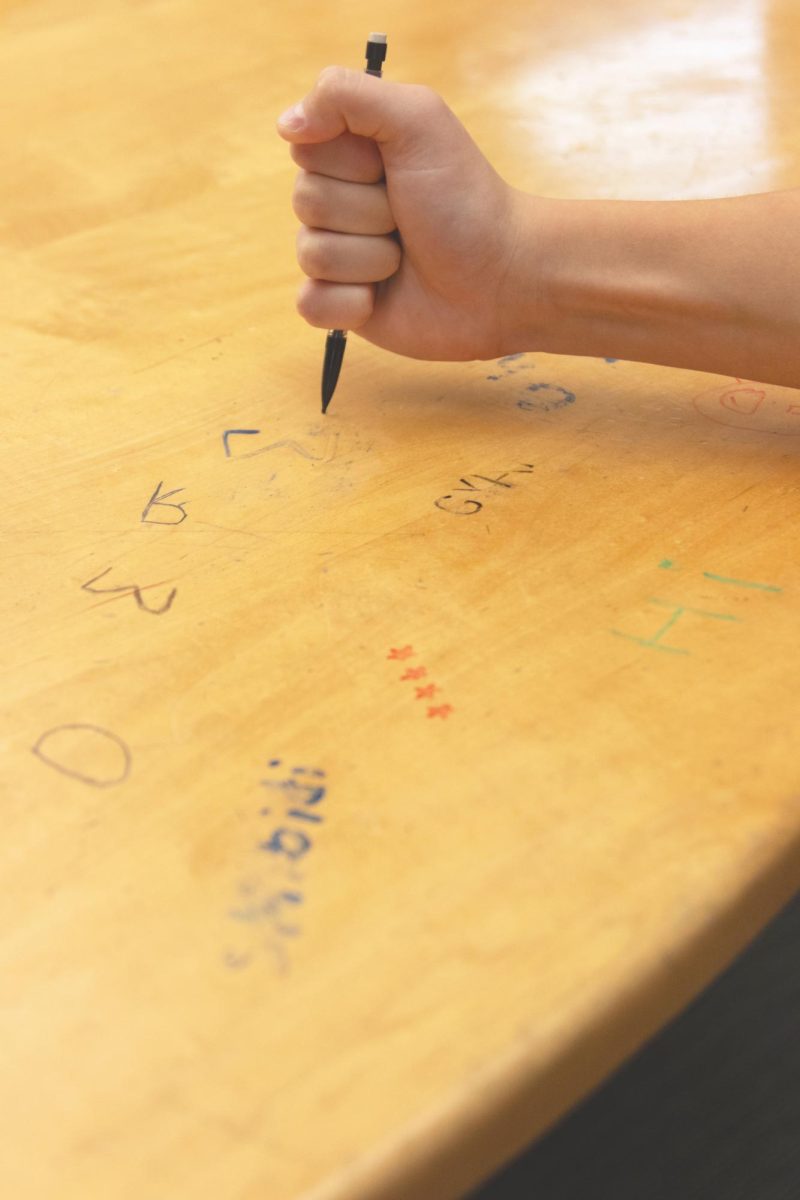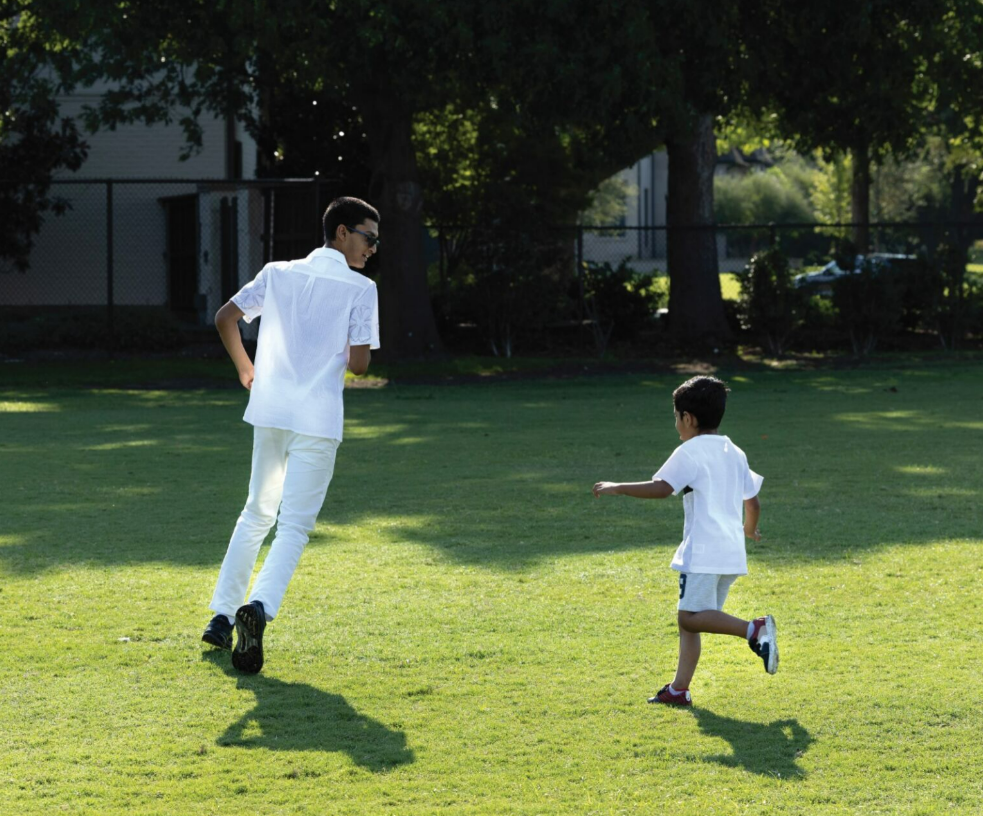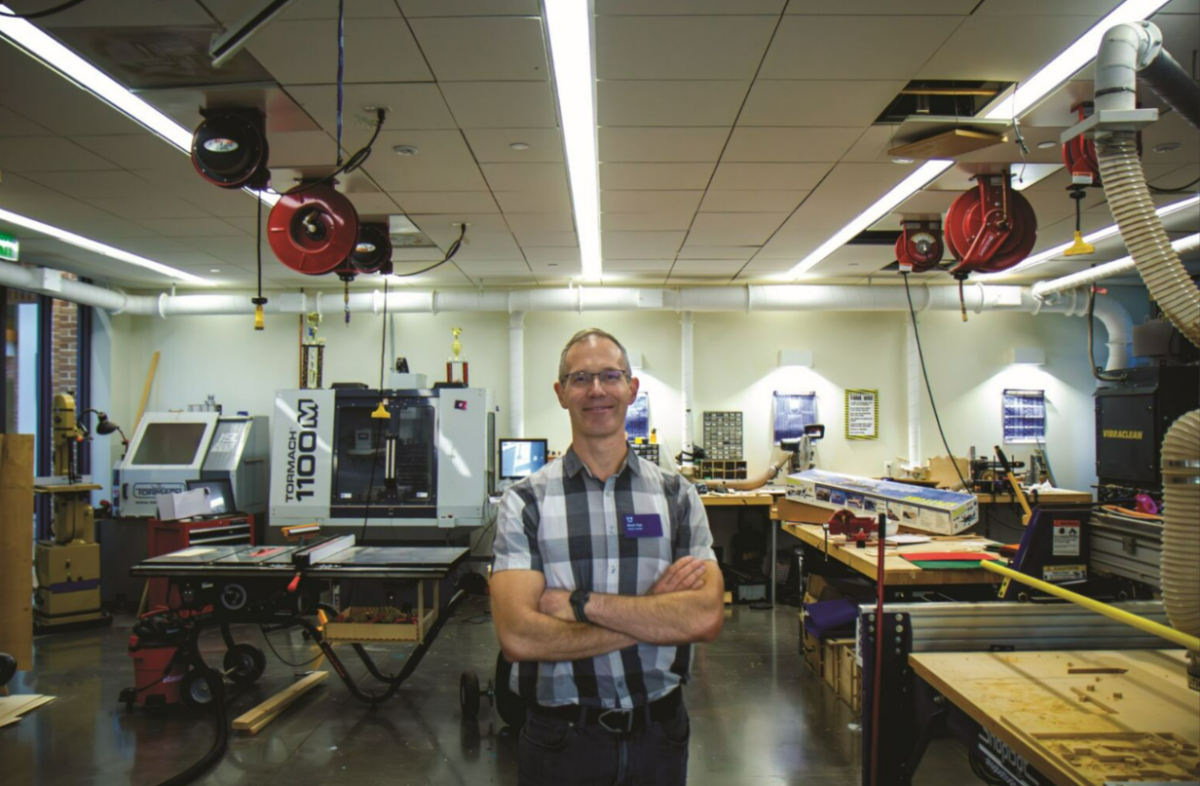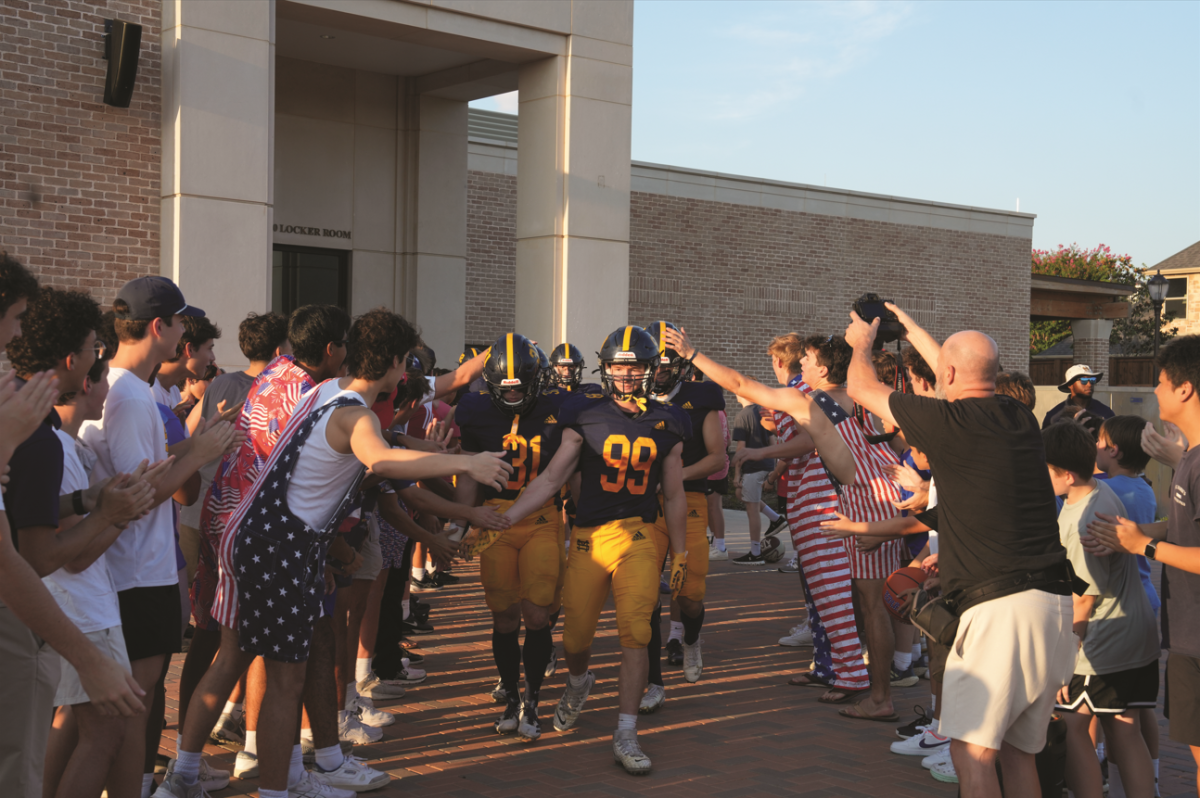Across campus, a scratched in “hi,” a penned in “skibidi” or even a vulgar image can be found beneath tables and chairs. Graffiti is many things: illicit vandalism, a boredom-driven impulse, and even an art form.
Graffiti has been around for centuries. In its simplest form, it is a way to mark where one has been, whether it’s a territorial marking or a personal landmark. Modern adaptations to the art have appeared in galleries, but graffiti is definitionally a form of vandalism. Even in its illicit nature, some artists like Banksy, an anonymous and famous tagger from London, use graffiti to spread awareness or protest changes and reforms. Others tag walls and bridges around the world with vulgar, profane and violent figures and words.
Graffiti comes in many forms on Victor F. White Master Teaching Chair David Brown’s Harkness table, a rounded table at which students and teachers sit together to encourage communication and discussion.
“Everything from words to geometric designs to genitalia,” Brown said. “So everything from apparently harmless to vulgarities. That’s what I’ve seen.”
Brown has had various problems with graffiti since he started teaching. Through several years of teaching, his Harkness table has been marked up, vulgar pictures etched deep with pens and pencils – all completely unerasable.
“I can’t imagine (kids) going into their dining room table, which looks like my Harkness table, and just deciding to scratch things into it,” Brown said. “Why would students do that except for their immaturity, their disregard or a form of rebellion?”
Besides immaturity, Brown also believes that it may be a consequence from boredom in class.
“I think there are more constructive ways to confront boredom than by destroying someone else’s property,” Brown said.
According to a study by Arthur Vasquez and Lynne M. Vieraitis, teens often first start graffitiing because of stressors in their life. They use graffiti as a form of expression to find their identity. Eventually, street taggers and vandalistic graffiti artists develop an addiction to the excitement they get. Many of these juveniles strive for more recognition in the tagging community, using sheer quantity of work and social media.
In the past, social media trends have encouraged kids and students around the country to vandalize and steal in bathrooms. One specific trend from 2021 consisted of stealing soap dispensers or signs, called a “devious lick.” But, for history and social science teacher Dr. Jerusha Westbury, the graffiti seen in classrooms does not follow any trends.
“In the case of my classroom, from what I understand of those trends, you need to have them on tape,” Westbury said. “So it would be harder for a student to film that if their phone is out and face down in the center of the table and their computers are put away.”
After all of the wear from the year, the school, during the summer, repaints and deep cleans the walls, desks and appliances. The Harkness tables, however, have a special treatment every few years. It’s a process that costs a lot of money and effort. The maintenance team has to deconstruct the Harkness tables into its many sections and ship the heavy pieces away to the company who manufactures them for a complete repolishing and cleaning, removing graffiti, scratches and discolorings.
Although there has been a recent resurgence of vandalism and table markings, history instructor Michele Santosuosso believes that the overall amount has decreased since her early years at the school.
Yet during the recent Blue and Gold week, a new and previously unseen form of vandalism occured. Flag stealing was a lighthearted joke at first. It then developed into hiding the flags and later burning one. These flags have been passed down to each new SuperFanMen since Blake Hudspeth ‘21 first created the tradition in his senior year.
“(It’s) just impulse control and taking something really fun and going to an extreme level that is really shocking,” Santosuosso said. “I was sent the picture of the burning flag, and that was pretty horrifying and really disappointing.”
Santosuosso stresses the importance of taking care of our community .
“(The vandalism) really bugs me because those tables are so pretty,” Santosuosso said. “It’s a physical thing, but it’s still a part of our community.”








